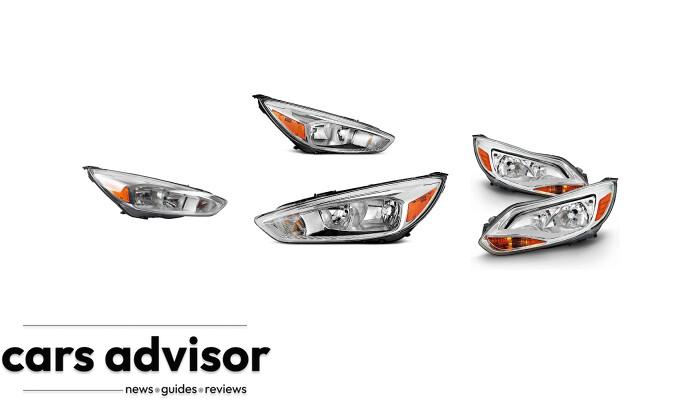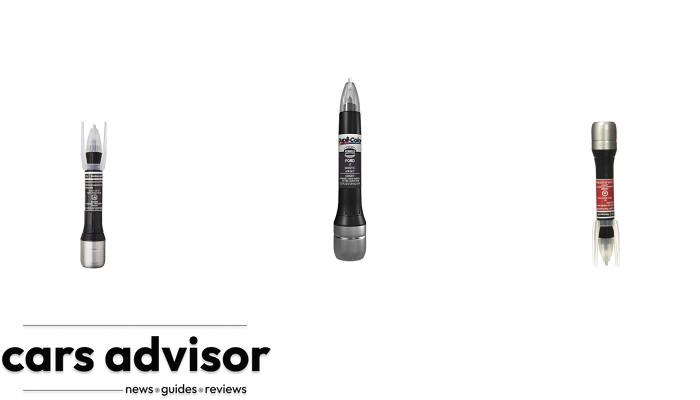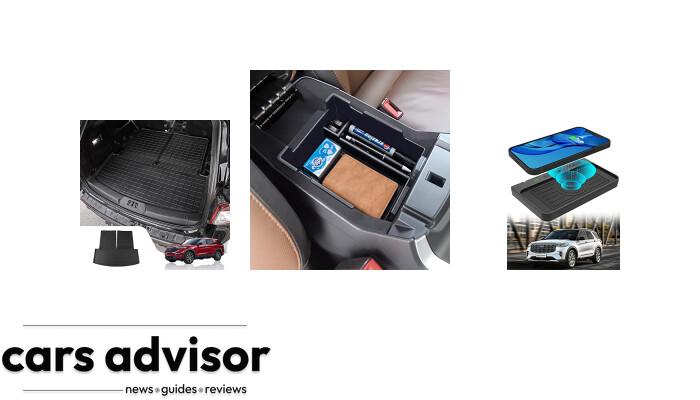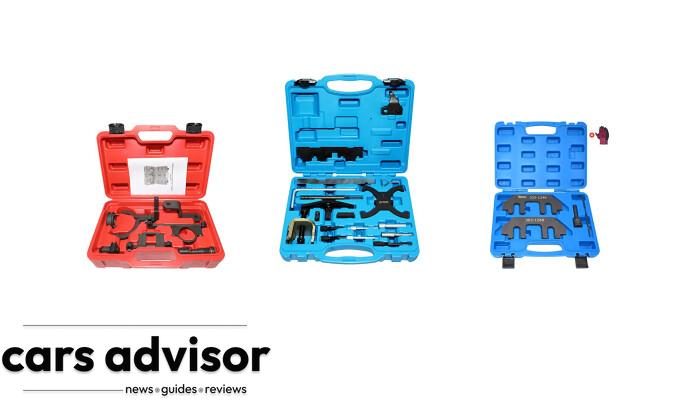It’s happened to the best of us – you’re in a hurry, trying to top off your car’s fluids, and accidentally pour water into the coolant tank. This seemingly small mistake can lead to significant engine damage if not addressed promptly.
In this blog post, we will discuss the potential consequences of mixing water with coolant, what steps you should take if it happens to you, and how to prevent such mistakes in the future.
Effects Of Mixing Water With Coolant
Mixing water with coolant can lead to engine damage, overheating, reduced performance, and corrosion of metal parts.
Engine Damage
Accidentally mixing water with coolant in your vehicle poses several risks, one of the most concerning being engine damage. When you use pure water or a highly diluted mixture instead of the recommended coolant mixture, it can lead to issues such as warped engine block walls and damaged cylinder heads.
Let me share an example from personal experience: A friend of mine once had his car overheat due to only using tap water in his radiator instead of the proper 50/50 mix of antifreeze and distilled water.
The result was costly repairs required for his car’s engine – something none of us want! Furthermore, using undiluted tap water introduces contaminants that can cause corrosion within the cooling system and ultimately weaken components like gaskets and seals.
Overheating
One of the most serious effects of accidentally adding water to your coolant tank is overheating. When there isn’t enough coolant in the system, the engine can quickly reach dangerous temperatures that could cause catastrophic damage.
In extreme cases, this can even lead to warping or cracking of the engine block or cylinder heads. This can be especially dangerous during hot summer months or when driving on hilly terrain where extra stress is put on the engine.
Reduced Performance
Another effect of mixing water with coolant is reduced performance. When the engine starts to heat up, the water in the coolant tank will begin to evaporate and create steam pockets that can interfere with the proper function of your car’s cooling system.
This can lead to misfiring, poor acceleration or even engine stalling in severe cases.
This means that when you add too much water and less coolant in your car radiator, you are more likely to experience overheating problems on hot days or during long drives.
Corrosion Of Metal Parts
One of the most serious effects of mixing water with coolant is corrosion of metal parts in the car’s engine. When water reacts with metal, it causes oxidation and rusting, leading to a weakened and damaged system.
This can result in costly repairs or even total engine failure if not addressed quickly.
It is important to note that using distilled water instead of tap water can also reduce the risk of corrosion but it is still better to use proper coolant in order to protect your engine from any damage.
What To Do If You Accidentally Put Water In The Coolant Tank
If you have accidentally added water to the coolant tank, don’t panic! In this section, we will discuss some steps you can take to address the issue and get your car back on the road safely.
Check The Owner’s Manual
One of the first things you should do if you accidentally put water in your coolant tank is to check the owner’s manual. This will give you specific instructions on what to do next and where to look for potential issues.
The manual may also provide tips on how to safely drain and refill the coolant system, as well as any precautions that need to be taken during this process. It is important not to skip this step, as each car may have different requirements, and following the wrong steps could lead to further damage or safety risks.
Additionally, some vehicles may require a specific type of coolant or mixture ratio, which can also be found in the owner’s manual.
Have A Professional Inspect The System
If you accidentally put water in your coolant tank, it’s crucial to have a professional inspect the system. An expert mechanic will be able to assess any damages caused by the water and determine if there is any corrosion or damage to metal parts.
Additionally, a professional inspection can ensure that all contaminants are removed from the coolant system during the process of draining and flushing it out.
By having a qualified technician examine your vehicle after adding water into your coolant tank, you can protect yourself from potential safety risks and keep your engine running smoothly in the long term.
Drain And Flush The Coolant
If you’ve accidentally put water in your coolant, it’s important to have the system drained and flushed by a professional mechanic. This process involves removing all of the old coolant and any contaminants from the radiator system, followed by a thorough cleaning with distilled water.
Draining and flushing your coolant is essential for maintaining engine health and preventing further damage. Even if your car seems to be running smoothly after adding water to the coolant tank, unseen rusting or corrosion may already be taking place within the radiator system.
Refill With Proper Coolant Mixture
After draining the contaminated coolant from your car, it’s essential to refill with the correct coolant mixture. The ideal ratio of water to coolant is typically 50/50, but this can vary depending on the vehicle and climate conditions.
Using the proper coolant mixture has a significant impact on your car’s engine performance and longevity. A good quality coolant prevents corrosion, rusting, and overheating in hot climates while also protecting vital engine parts.
Avoid using low-quality coolants or just plain water as a long-term solution because they can cause harm to an extended period.
Importance Of Using Proper Coolant
Using the proper coolant is crucial to maintaining the engine’s overall health and performance, as it ensures optimal temperature regulation, lowers corrosion risk, extends component lifespan, and protects against rust and scale buildup.
Benefits Of Using Proper Coolant
Using the proper coolant in your car can bring several benefits. Here are some of the advantages to consider:
- Optimal engine performance: Coolant is designed to help regulate engine temperature, and using the right type can ensure that your engine is performing at its best.
- Enhanced fuel efficiency: When your car’s engine is running well, it uses less fuel. Proper coolant helps make sure your engine stays in top condition, which can improve gas mileage.
- Protection against corrosion: Coolant contains inhibitors that protect metal parts from rust and other types of corrosion over time.
- Reduced maintenance costs: Regularly using and replacing the proper coolant can prevent damage to critical engine components that might be costly to replace.
- Improved safety: Overheating caused by improper coolant use can be a safety hazard on the road, so using the correct type of coolant can help keep you and others safe while driving.
Overall, properly using and maintaining your coolant system is crucial for optimal vehicle performance, longevity, and safety on the road.
Risks Of Using Water As A Temporary Solution
Using water as a temporary coolant solution may seem like a quick fix, but it can lead to serious risks for your engine. Water does not have the same additives and chemicals that coolant has which means it cannot provide the necessary lubrication and protection against overheating.
In the long run, using water as a temporary coolant solution can lead to rusting, corroding, and eventually cause your engine to fail permanently. It is crucial to use proper coolant in your car’s cooling system to prevent costly repairs down the road.
Different Types Of Coolant
There are several types of coolant available in the market, each designed to suit specific vehicle requirements and conditions. It’s essential to know the differences between these coolants to ensure the optimum performance and protection of your vehicle’s engine. Here is a comparison of some of the most common types of coolant:
| Type | Description | Color |
|---|---|---|
| Inorganic Acid Technology (IAT) | IAT is the traditional coolant, typically green in color, made from inorganic corrosion inhibitors. It is suitable for older vehicles and generally requires changing every two years or 30,000 miles. | Green |
| Organic Acid Technology (OAT) | OAT coolants are made with organic corrosion inhibitors and provide longer-lasting protection, up to five years or 150,000 miles. They are compatible with many newer vehicles and are available in various colors. | Orange, Red, Yellow, Purple, etc. |
| Hybrid Organic Acid Technology (HOAT) | HOAT coolants are a combination of IAT and OAT, offering the benefits of both technologies. They can last up to five years or 150,000 miles and are compatible with many newer vehicles as well as some older models. | Yellow, Orange, Blue, etc. |
| Phosphate-Free Hybrid Organic Acid Technology (P-HOAT) | P-HOAT coolants are specifically designed for European vehicles that require phosphate-free formulations. They offer protection against cavitation and provide excellent long-lasting performance. | Blue, Pink, etc. |
| Non-Aqueous Propylene Glycol Coolant (NPG) | NPG coolant is made from non-aqueous propylene glycol and is designed for extreme temperature conditions. It offers superior corrosion protection and can last up to five years or 150,000 miles. | Clear, Green |
It’s crucial to consult your vehicle owner’s manual or consult a professional to determine the appropriate type of coolant for your specific vehicle. Using the wrong coolant can lead to various issues, including engine damage and reduced performance.
Prevention Tips To Avoid Accidentally Putting Water In Coolant
Regularly checking and maintaining coolant levels, using pre-mixed coolant, following instructions and reading labels carefully, and educating drivers and technicians on proper maintenance are some simple prevention tips to avoid accidentally putting water in the coolant.
Regularly Check And Maintain Coolant Levels
As a responsible car owner, it is crucial to regularly check and maintain coolant levels in your vehicle. Low coolant levels can lead to engine overheating, which can cause significant damage and result in expensive repairs.
To prevent this, you should check the coolant level at least once a month or before long drives.
Checking the coolant level is easy and does not require any special tools. First, make sure that your car’s engine is cool before opening the radiator cap or overflow tank to avoid any safety risks due to hot steam or fluid splashes.
Then simply remove the radiator cap (or look at the overflow tank) and ensure that the fluid level is between minimum and maximum marks on dipstick or gauge.
Remember, using water as a temporary solution isn’t wrong but neglecting proper maintenance of your vehicle’s cooling system may lead to more severe problems such as corrosion of metal parts & overheating issues ultimately putting you at risk on roads!
Use Pre-mixed Coolant
I highly recommend using pre-mixed coolant to prevent accidentally adding only water into the coolant tank. Pre-mixed coolant is a combination of distilled water and antifreeze in a 50/50 ratio, which eliminates any guesswork or potential errors when trying to mix it yourself.
This also ensures that you are using the proper type of coolant for your vehicle, as different types may have different ratios of antifreeze and water. By choosing pre-mixed coolant, you can save time and eliminate any safety risks associated with improperly mixing coolants.
Follow Instructions And Read Labels Carefully
As someone who accidentally added water to my coolant tank, I learned the importance of following instructions and reading labels carefully. When adding anything to your car’s engine, it is crucial to know what you are putting in and how it affects the system.
Make sure to check the label on your coolant container for the proper ratio of water and coolant required for your specific vehicle.
Additionally, some coolants may not be compatible with others and can cause contamination or clogs within the radiator system. Take caution when using a different brand or type of coolant than what is specified by your vehicle manufacturer.
Educate Drivers And Technicians On Proper Maintenance
As a car owner, it’s essential to educate yourself on proper coolant maintenance. However, it’s equally important to ensure that your drivers and technicians are knowledgeable about the same.
One way to accomplish this is through regular training sessions where you can discuss essential topics such as how engines work, why distilling water is preferred over drinking water in the radiator system, checking for low coolant levels, among others.
Additionally, make sure there are instructions and labels visible near the engine compartment and inside the cabin for easy reference.
Conclusion
In conclusion, accidentally putting water in the coolant tank can lead to serious consequences such as engine damage, overheating and reduced performance. It is essential to follow proper maintenance procedures by regularly checking coolant levels, using pre-mixed coolant, and educating drivers and technicians on proper maintenance.
If water is added by mistake or in an emergency situation, it is important to have a professional examine the system as soon as possible.





















